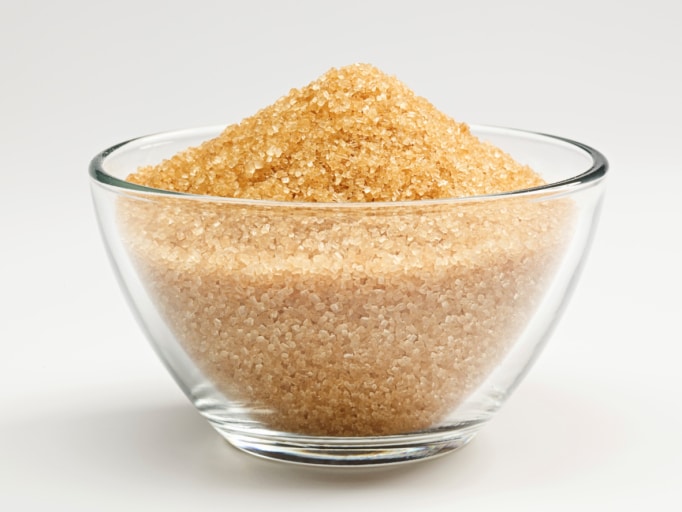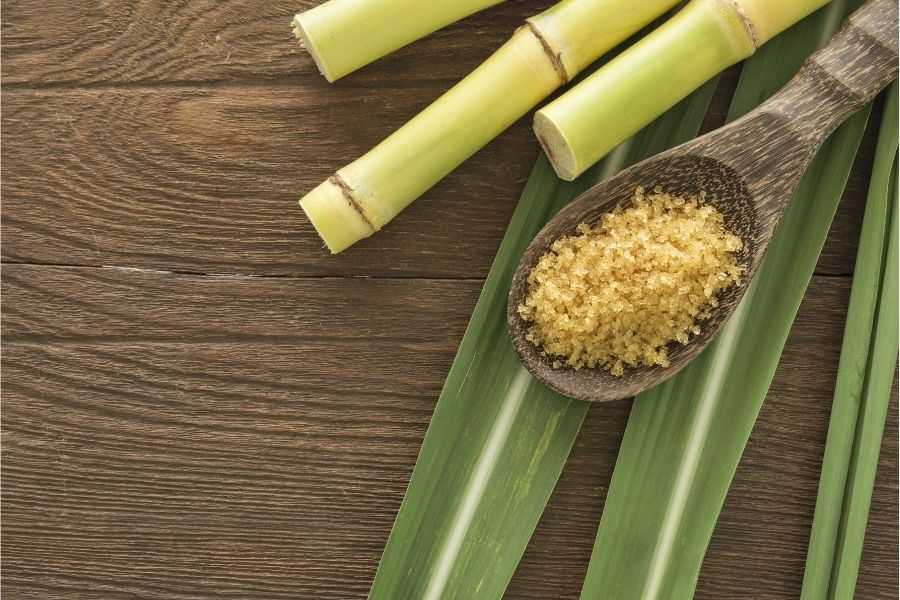Checking Out the Comprehensive Tips Involved in Walking Stick Sugar Processing From Collecting to Improvement
The procedure of cane sugar production incorporates a collection of detailed steps, starting with the careful harvesting of sugarcane and finishing in the improvement stages that make sure the final product meets market requirements. Each stage, from the removal of juice to the filtration and crystallization procedures, plays an essential function in figuring out the high quality and character of the sugar.
Collecting Sugarcane
Collecting sugarcane is a critical action in the cane sugar handling chain, as it directly influences the top quality and yield of the last product. Proper timing and methods are essential during this phase to make sure optimum sugar content and reduce losses. Commonly, sugarcane is harvested when it gets to maturation, typically 12 to 18 months after growing, defined by a high sucrose focus.

Post-harvest, the sugarcane has to be refined promptly to stop sucrose deterioration. Ideally, gathered cane must be transported to processing facilities within 24 hours to preserve sugar high quality. As a result, effective logistical preparation is important to keep the integrity of the gathered crop throughout the supply chain.
Removal Refine

The crushed walking cane goes through a collection of pressing operations to make the most of juice healing. Normally, hot water is sprayed onto the smashed walking cane, producing a countercurrent flow that helps liquify the sugar while additionally assisting in the extraction procedure. The juice gathered from this operation includes not just sugar yet additionally different natural compounds and impurities.

To boost removal effectiveness, some centers may use diffusion approaches, where the sugarcane is taken in warm water, permitting the soluble sugars to diffuse right into the fluid. The resulting juice, abundant in sucrose, is then guided to succeeding processing stages, laying the structure for purification and refinement. The extraction process is thus pivotal in identifying the top quality and return of the final sugar item.
Purification Strategies
The filtration methods employed in cane sugar handling are essential for changing the raw juice into a top quality sugar item. These methods largely intend to eliminate pollutants, such as soil, plant materials, and not natural substances, which can detrimentally impact the end product's flavor and color.
This process includes including lime and heat to the raw juice, which assists in the coagulation of contaminations. Additionally, the usage of phosphoric acid can boost the clarification process by additional binding contaminations.
Another significant technique is carbonatation, Website where carbon dioxide is presented to the clarified juice. This reaction produces calcium carbonate, which catches continuing to be impurities and promotes their removal.
Moreover, activated carbon therapy might be put on adsorb any kind of staying colorants and organic contaminations, making sure a much more polished item. The combination of these techniques effectively prepares the sugar juice for subsequent steps in the refining procedure, establishing the stage for the production of top notch walking cane sugar.
Formation Methods
After the purification phase, the next vital action in walking cane sugar handling includes condensation methods, which play a pivotal function in transforming the clarified juice into strong sugar. This process normally uses two main methods: spontaneous condensation and regulated condensation.
In spontaneous condensation, supersaturated sugar solutions are enabled to cool down normally, resulting in the formation of sugar crystals gradually. This approach is simpler however may cause unequal crystal sizes and lower purity degrees. On the other hand, controlled condensation is a much more specific technique where concentration, temperature, and seeding agents are meticulously managed. This approach enables for the consistent growth of sugar crystals and higher pureness.
During condensation, the cleared up juice is focused through dissipation, enhancing its sugar material until it gets to supersaturation. When this factor is achieved, either technique can assist in the condensation process. Cane Sugar Processing. The resultant sugar crystals are after that divided from the continuing to be syrup through centrifugation
Ultimately, the selection of condensation technique influences the high quality, dimension, and pureness of the final sugar product, making this action necessary in the total walking stick sugar handling treatment.
Refinement and Packaging
Just how can the pureness and high quality of cane sugar be additionally enhanced after condensation? The refinement procedure plays an essential duty in attaining top notch walking cane sugar. Following crystallization, sugar goes through a comprehensive cleaning to get rid of impurities and recurring molasses. This is typically accomplished making use of cozy water or Our site heavy steam, which helps liquify and draw out unwanted components while preserving the sugar crystals.
Following, the sugar is subjected to a procedure called centrifugation, where it is rotated at broadband to divide the purified sugar crystals from the remaining liquid. After centrifugation, the sugar is commonly further improved via a method called carbonization or phosphatation, which utilizes turned on carbon or phosphoric acid to get rid of color and off-flavors.
When refined, the sugar is dried out to accomplish the desired moisture web content, guaranteeing that it stays steady during storage and transportation. The last step involves packaging the polished sugar in moisture-proof and closed containers to preserve its top quality and protect against contamination. Cane Sugar Processing. Appropriate product packaging not just prolongs rack life but also assists in easy handling and distribution, ensuring that customers receive sugar that meets the greatest requirements of pureness and quality
Final Thought
The thorough actions involved in cane Learn More Here sugar processing, from the careful harvesting of sugarcane to the intricate improvement and product packaging phases, emphasize the importance of each phase in making certain top notch sugar manufacturing. Optimal harvesting strategies, effective extraction methods, and strenuous purification procedures jointly add to the final item's purity and stability. The condensation and succeeding product packaging techniques even more boost the integrity and life span of the sugar, highlighting the complexity and precision inherent in this important agricultural industry.
The procedure of cane sugar manufacturing encompasses a series of complex steps, beginning with the careful harvesting of sugarcane and culminating in the improvement stages that make certain the final product meets industry requirements. Ideally, harvested cane should be transferred to refining facilities within 24 hours to protect sugar high quality.In spontaneous crystallization, supersaturated sugar solutions are permitted to cool down naturally, leading to the development of sugar crystals over time - Cane Sugar Processing. The improvement process plays a critical function in accomplishing top notch walking stick sugar.The thorough steps involved in walking cane sugar handling, from the thorough harvesting of sugarcane to the intricate refinement and packaging stages, highlight the significance of each phase in making sure top notch sugar production